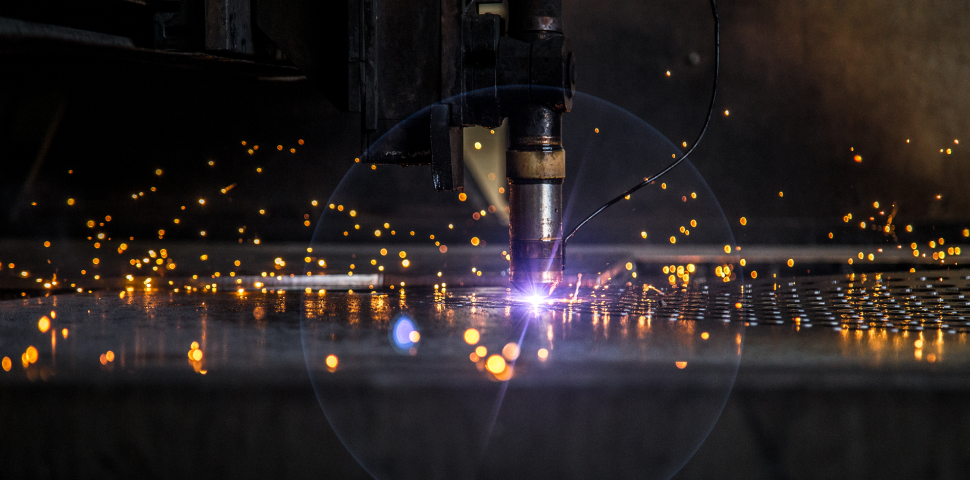Does the cutting speed affect the quality?

Striking the Balance: The Relationship Between Cutting Speed and Quality
In the realm of cutting machines, the interplay between speed and quality is a crucial consideration. Often, a trade-off exists between the two, as higher cutting speeds can potentially compromise the precision and overall quality of the final output. In this article, we will explore the relationship between cutting speed and quality and examine the factors that influence this delicate balance.
Understanding the Impact of Cutting Speed on Quality:
Cutting speed refers to the rate at which a cutting machine moves through the material being cut. It plays a vital role in determining the overall quality of the cut. While high cutting speeds may offer advantages such as increased productivity and reduced manufacturing time, they can also lead to potential drawbacks in terms of precision and the quality of the finished product.
As cutting speed increases, several factors come into play. First, the interaction between the cutting tool and the material may become less controlled, potentially resulting in a loss of accuracy and a rougher cut surface. Additionally, higher cutting speeds can generate more heat, which may cause material deformation or even melting in some cases.
Factors Influencing Cutting Speed and Quality:
Several factors contribute to the complex relationship between cutting speed and quality. One crucial aspect is the material being cut. Different materials have varying properties, including hardness, density, and thermal conductivity, which influence the optimal cutting speed for achieving high-quality results. For example, cutting speeds that work well for metals may not be suitable for delicate materials such as plastics or fabrics.
The type of cutting tool also plays a significant role. Tools with higher durability and sharpness can withstand higher cutting speeds without compromising quality. On the other hand, using a dull or unsuitable tool at high speeds can lead to poor cuts and damage to the material.
Machine rigidity and stability are equally important. A well-calibrated and rigid cutting machine can maintain precision at higher speeds, minimizing vibration and ensuring accurate cuts. Proper machine maintenance and regular calibration are essential to uphold the desired quality standards.
Striking the Optimal Balance:
To achieve the best results, manufacturers must strike an optimal balance between cutting speed and quality. This requires careful consideration of the specific application and material requirements. In some cases, faster cutting speeds may be acceptable, especially for applications where slight imperfections or surface roughness are acceptable. Conversely, when intricate details or high-quality finishes are crucial, slower cutting speeds are preferred.
Finding the balance between speed and quality often involves conducting tests and experiments. By varying the cutting speed and evaluating the resulting cuts, manufacturers can determine the ideal operating parameters for their specific needs. This iterative process allows for fine-tuning and optimization, leading to the desired combination of speed and quality.
It is important to note that advancements in cutting machine technology have led to the development of systems that can maintain high cutting speeds while ensuring exceptional quality. These advancements include improved tool materials, enhanced cooling systems, and advanced motion control mechanisms. By leveraging these innovations, manufacturers can push the boundaries of speed and quality, achieving high productivity without compromising precision.
Conclusion:
The relationship between cutting speed and quality is a delicate balance that manufacturers must navigate. While higher speeds may offer advantages in terms of productivity, they can potentially compromise precision and the overall quality of the cut. Finding the optimal balance requires careful consideration of material properties, cutting tool selection, machine stability, and ongoing experimentation to achieve the desired results.

